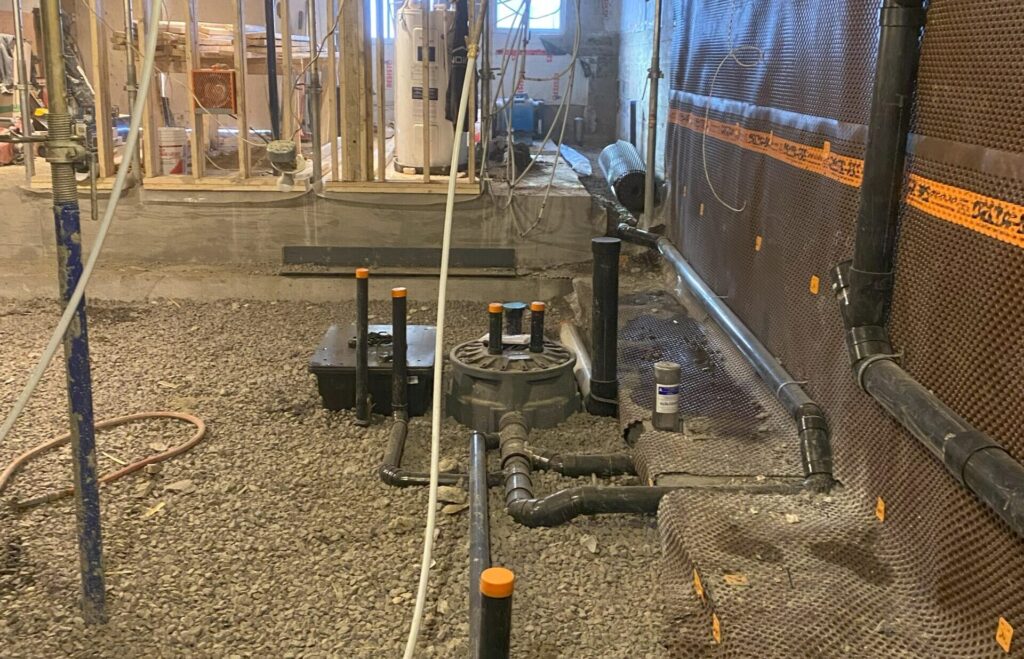
Interior Drain Systems
In a city like Montreal, where heavy winter snowfall, spring thaws, and rainfall can lead to significant water accumulation, protecting your home from water damage is essential. One of the most effective solutions for managing water intrusion in basements and crawl spaces is the installation of an interior drain system. This blog will explore what interior drain systems are, how they work, their benefits, and maintenance practices to keep your home safe and dry.
1. What is an Interior Drain System?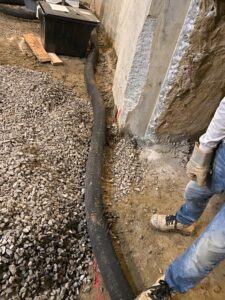
An interior drain system is a waterproofing solution designed to collect and redirect water that enters a basement or crawl space. Unlike exterior drainage systems that work to prevent water from entering the property, interior drain systems focus on managing water after it has penetrated the foundation. Typically, they consist of a drainage channel or trench along the interior perimeter of the basement or crawl space, which leads to a sump pump or drainage outlet.
2. How Do Interior Drain Systems Work?
Interior drain systems function by intercepting water that seeps through the walls or floor. Here’s how the system operates:
- Water Collection: When water infiltrates the basement or crawl space, it flows into the interior drain system installed in a trench or channel along the perimeter of the space.
- Directing Water: The interior drain system collects the water and directs it toward a sump pit, where it gathers.
- Sump Pump Action: Once the water level in the sump pit rises to a specific point, the sump pump is activated, pumping the water out of the home and redirecting it away from the foundation, preventing further water accumulation.
3. Benefits of Interior Drain Systems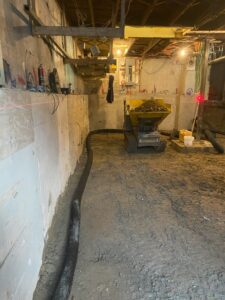
Installing an interior drain system provides several key benefits for homeowners, particularly in climates like Montreal’s:
- Effective Water Management:
Interior drain systems are highly effective at managing water intrusion, keeping basements and crawl spaces dry and protected from flooding. - Mold and Mildew Prevention:
By controlling moisture levels, interior drain systems help reduce the risk of mold and mildew growth, which can have adverse effects on indoor air quality and health. - Increased Property Value:
A dry and structurally sound basement or crawl space enhances the overall value of your home. Prospective buyers are often more attracted to properties with effective waterproofing solutions. - Lower Maintenance Costs:
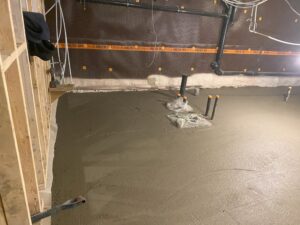
By preventing water damage, interior drain systems reduce the likelihood of costly repairs related to water intrusion, such as structural damage or mold remediation. - Ease of Installation:
Interior drain systems can usually be installed with minimal disruption to the home, making them an attractive option for homeowners looking for effective water management solutions.
4. Maintenance of Interior Drain Systems
While interior drain systems are designed to be low-maintenance, it’s essential to perform regular checks to ensure they function correctly. Here are some maintenance tips:
- Inspect the Sump Pump:
Regularly check your sump pump to ensure it’s functioning properly. Test it by pouring water into the sump pit to verify that it activates and pumps water out as expected. - Clean the Drainage Channels:
Inspect and clean the drainage channels regularly to prevent debris, dirt, or sediment accumulation, which can impede water flow.
5. Conclusion
Interior drain systems are an essential defense against water intrusion in homes, particularly in areas like Montreal, where the climate can lead to significant moisture issues. By effectively managing water and preventing mold growth, these systems safeguard your home and enhance its value.
If you’re considering installing an interior drain system or need assistance with an existing one, Contact us today for expert advice and support tailored to your specific needs. Our experienced team can help you protect your home from water damage and ensure the long-term integrity of your property!

